A special project led by the Edmonton Police Service has positively identified the remains of two Indigenous women who were found dead in the city nearly 50 years ago.

The goal of Project Match is to review all of the police service’s historical unidentified human remains investigations. It’s a partnership between the EPS missing persons unit, the RCMP’s national centre of missing persons and unidentified remains, and the office of the chief medical examiner.
In a news release Friday morning, police said DNA technology has identified the remains of two Indigenous women found dead in Edmonton in the 1970s.
“Unsolved human remains cases leave behind families experiencing years, sometimes a lifetime, of ambiguous loss, grief and trauma,” said Det. Kevin Harrison, with the EPS historical crimes unit. “We are working to apply today’s technology and investigative lens to these files to help bring some sense of resolution to the grieving families.”
On July 30, 1975, a woman was found dead in the North Saskatchewan River. An autopsy determined she drowned several days before her body was found, and her death was deemed to be not suspicious. At the time, DNA analysis was not an investigative technique, so she went unidentified. She was buried in an Edmonton cemetery.
On June 11, 1976, a woman died outside an Edmonton home. Police said her death was from medical causes and was not suspicious. Investigators were unable to identify her, and she too was buried in an Edmonton cemetery.

In August 2023, the two files were reopened as part of Project Match. They were the first two cases to be examined by the project, with support from the Institute for the Advancement of Aboriginal Women and the City of Edmonton’s Indigenous relations office.
Because DNA samples were not collected in the 1970s, the only way to get the women’s DNA for testing was to exhume the remains.
Last fall, with the oversight of two elders to perform sacred ceremonies, the women’s bodies were exhumed and DNA was collected.
The woman who died in 1975 was identified as Louise Laderoute and was 24 when she died. She was a member of the Papaschase First Nation and reported missing from Edmonton.
The woman found dead in 1976 was identified as Irene Jacknife. She was reported missing from Drayton Valley and was 30 when she died.

Get daily National news
During a media availability Friday morning, statements from both of the women’s family members were shared.
Jacknife was described as a fun and loving mother, who enjoyed baking and cooking.
“She would play on the floor with us and if we didn’t have toys at the time, she would make cutout figures and different toys from cardboard boxes,” read a statement from Jacknife’s family. “We would often play outside and climb the crabapple tree and we would eat the crabapples.
“These are the loving memories that bring comfort to me and my family after having no answers for many years.
“She is back with us where she belongs. We never gave up on her because she would never give up on us. She is completely a part of us. We love you, mom.”
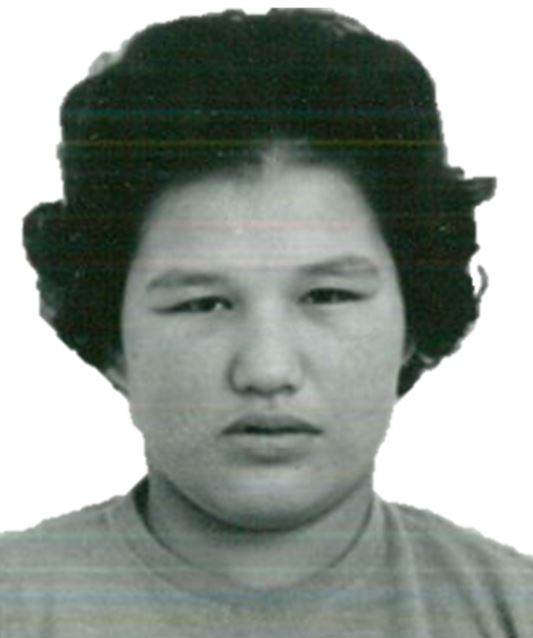
A statement from Laderoute’s sister, Ruth, read in part:
“Louise, we’ve always wondered what happened when you went missing in 1975 and if you would ever be found. We’ve never stopped searching for you.
“We’ve never forgotten about you and we never will. We know that your life had never been an easy one, as we don’t know what really happened when you went missing.
“Love you always, sister Louise, sweetie pie, as we always called you. Miss you forever.”
Police said both women were identified through DNA matches with familial samples submitted to the RCMP national DNA data bank.
“On behalf of the Alberta RCMP, I offer my heartfelt condolences to the families and hope that you can now have some comfort,” said Insp. Breanne Brown, who oversees the RCMP historical homicide and missing persons units.
“We are always reviewing historical missing and murdered persons investigations to understand whether a new forensic technique, or investigative avenue, can be explored. We never stop looking for loved ones who have been lost.”
Josie Nepinak, president of the Institute for the Advancement of Indigenous Women (IAAW), offered her condolences to the families of the women.
“Today is a day to remember the spirits of these beautiful women. They were mothers. They were grandmothers. They were daughters, aunties, nieces. They are loved and obviously very missed by their family and taken away far too soon,” Nepinak said.
She said the IAAW is very grateful for the Project Match partnership, and believes it is a great example of a collaboration that works.
“There is an epidemic in this country. The epidemic is missing and murdered Indigenous women. And these gatherings and these collaborations and bringing folks together bring us closure to solving many of those issues that continue to place Indigenous women in very vulnerable positions,” she said.
“This is the beginning of the work that can happen across this country to solve many of the issues of missing and murdered Indigenous women. We can share a path of reconciliation to walk that path together to solve and to bring closure and peace and safety.”
The EPS said its missing persons unit currently has 20 unsolved unidentified human remains files dating back to 1979. These files will be reviewed by Project Match.
Acting Staff Sgt. Kevin Harrison with the EPS historical crimes section said there are a number of factors that are considered when it comes to deciding which of the files to investigate first. One of the main factors is the age of the case itself.
“We know that family members are aging, we know that witnesses are aging and that evidence ages,” Harrison explained.
“We have (investigations) dating back to the ’70s and we want to address those ones as soon as possible because if we are able to bring some answers to it, then we are able to bring some answers to surviving family members.”
Harrison said the existence of remains and DNA samples is also considered, as is the missing and murdered Indigenous persons criteria.
“We are well aware that the Indigenous community was underserved and we want to address those as best as we can.”



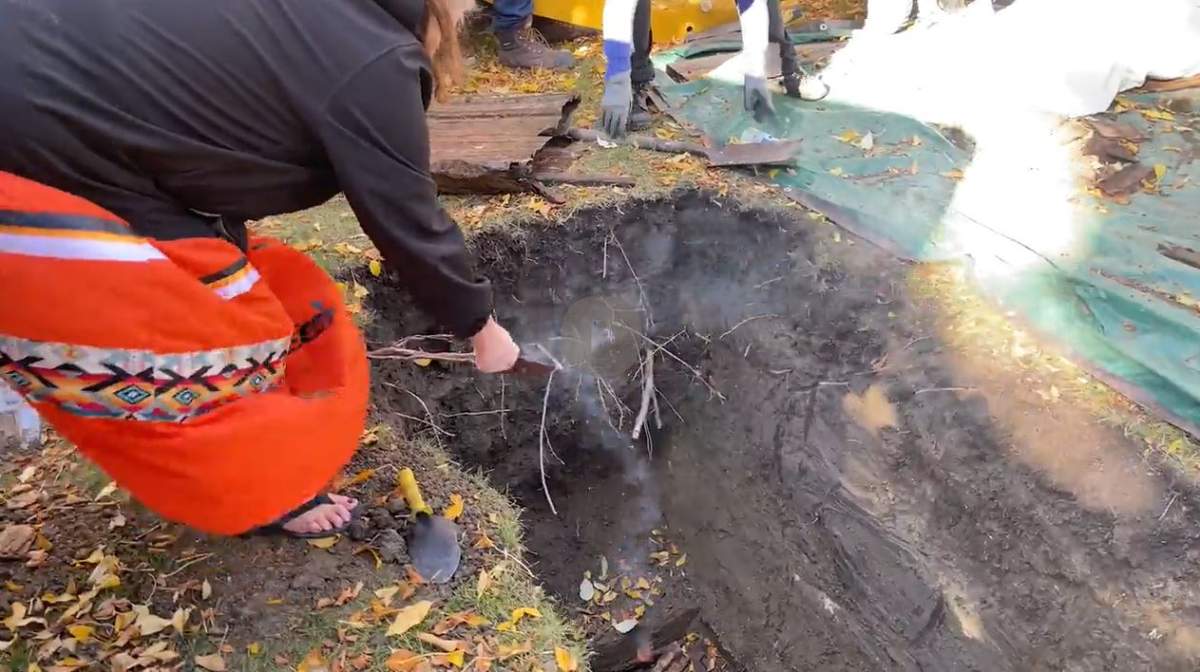

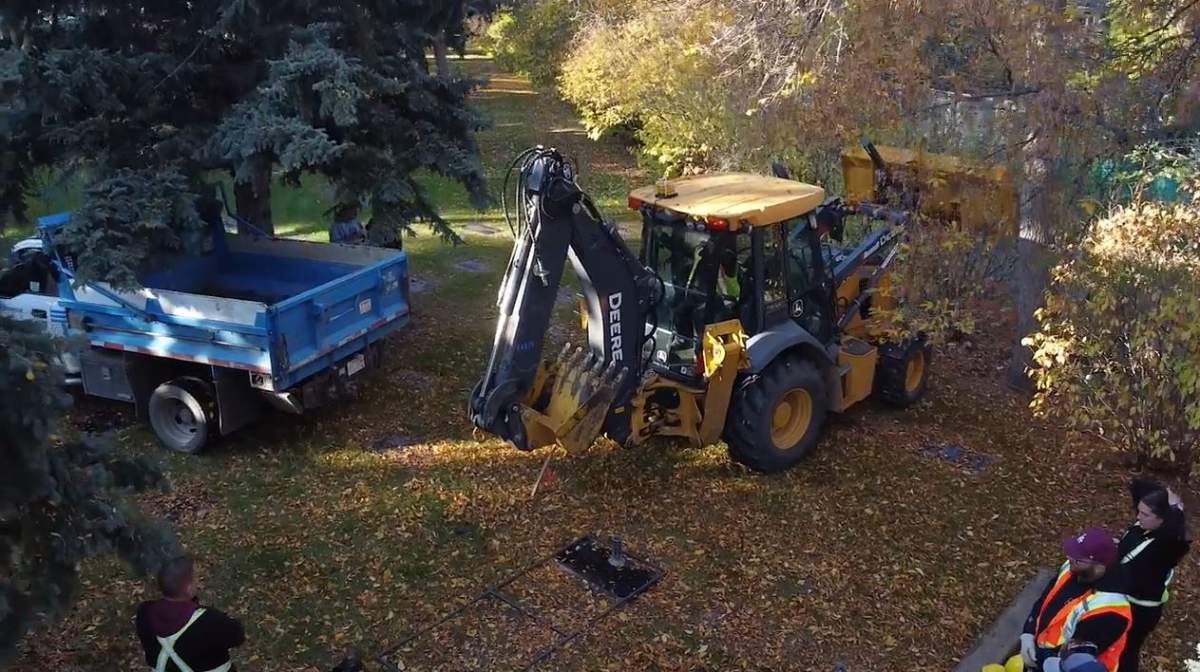

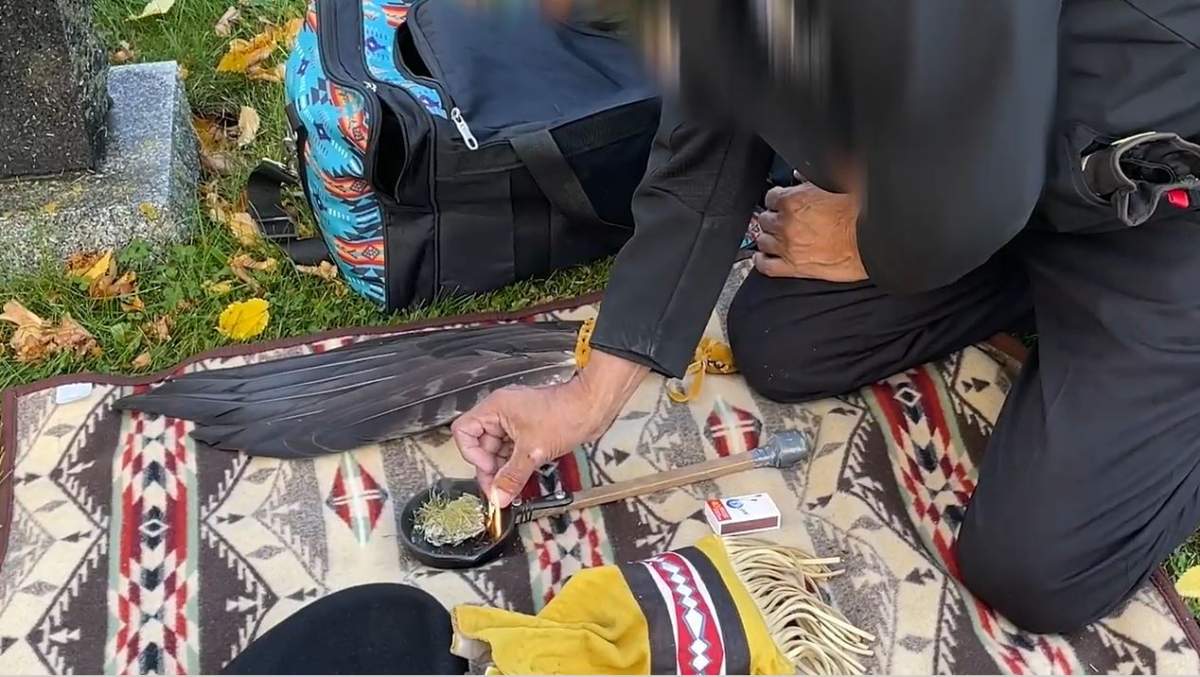

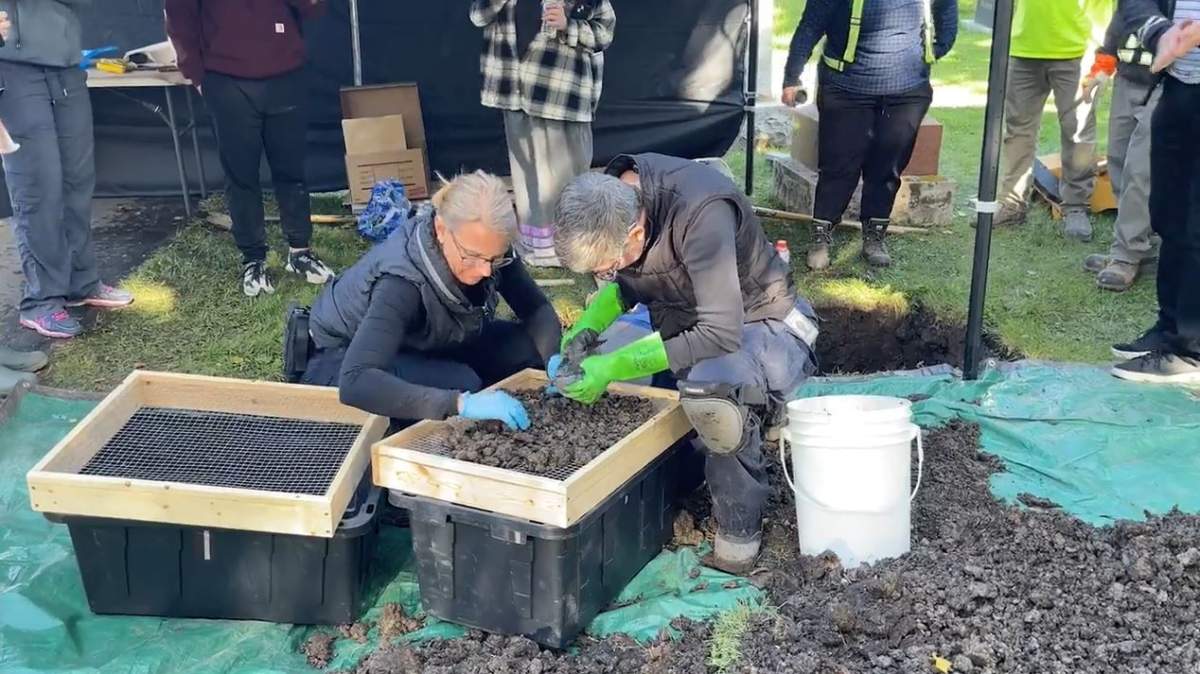


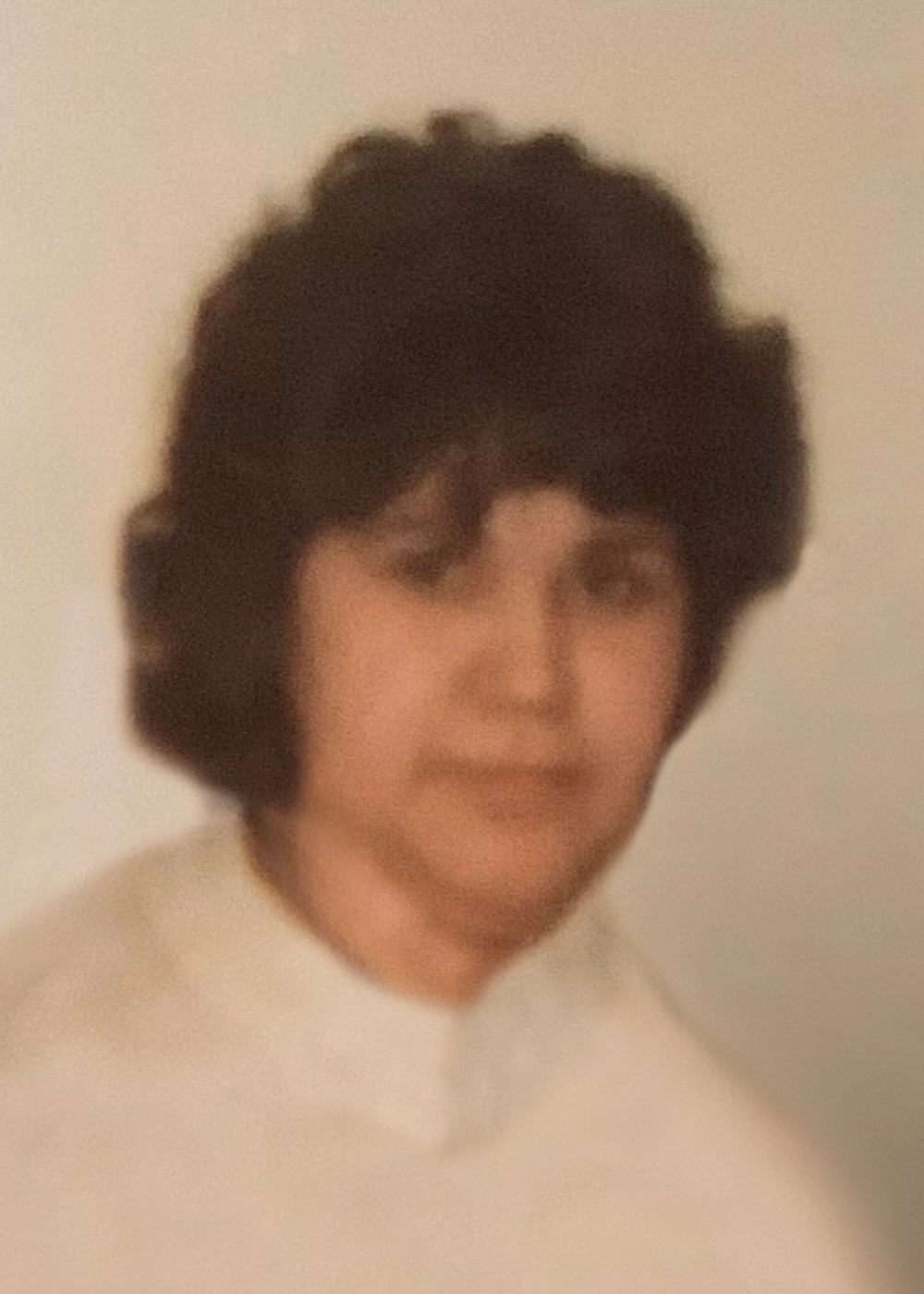







Comments